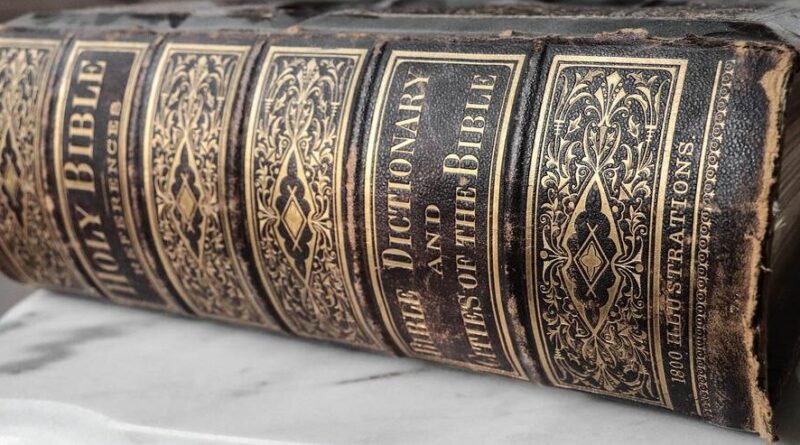Renowned Purdue University Professor Confirms Existence of 53 Biblical Figures
For decades, Lawrence Mykytiuk, a retired Purdue University professor of library science, has meticulously sifted through ancient inscriptions to uncover connections to figures named in the Bible. His work has now confirmed the historical existence of 53 individuals mentioned in Scripture, offering fresh insight into the Bible’s ties to the ancient world.
Mykytiuk’s research spans kings, pharaohs, governors, and scribes, their names etched in archaeological records that align with biblical accounts. These figures hail from powerful empires—Egypt, Babylon, Persia, and the kingdoms of Israel and Judah—breathing life into names like King David, Nebuchadnezzar II, and lesser-known officials such as Jehucal, a royal aide under King Zedekiah.
A Method Grounded in Precision
In a recent feature in Bible History Daily (https://www.biblicalarchaeology.org/daily/people-cultures-in-the-bible/people-in-the-bible/50-people-in-the-bible-confirmed-archaeologically/), Mykytiuk detailed his rigorous approach. Rather than relying solely on names, he cross-references multiple markers—titles, family lineage, time periods, and geographic contexts—to establish credible links between inscriptions and biblical figures.
“I’m a scorekeeper,” Mykytiuk says, emphasizing that his role is to verify existing archaeological evidence, not to unearth it. His journey began in the 1990s when he encountered a clay seal inscribed with the name of a king from the Hebrew Bible. That discovery ignited a decades-long quest, leading him to analyze thousands of inscriptions and compare them with biblical texts.
Among his most striking findings is King David, whose name appears in three 9th-century BCE inscriptions from Egypt, Moab, and Aram, each tied to his dynasty. Similarly, Nebuchadnezzar II, the Babylonian king infamous for razing Jerusalem, is documented in numerous cuneiform tablets from his era.
Bridging Empires and Traditions
Mykytiuk’s list also includes Pharaoh Sheshonq I (known as Shishak in the Bible), Persian ruler Cyrus the Great, and King Hezekiah of Judah, whose reign is corroborated by inscriptions and a remarkable water tunnel uncovered in Jerusalem. These discoveries weave a thread across ancient empires and resonate with the shared heritage of Judaism and Christianity.
While Mykytiuk’s work strengthens the Bible’s historical credibility, he is quick to note its limits. Figures like Abraham or Moses remain elusive, absent from surviving records. Yet he insists that the growing body of evidence supports the Bible’s broader historical framework.
Mykytiuk views his work as a historian’s pursuit, not a theological one. Still, his findings carry weight for scholars and believers alike, illuminating the lives of figures who shaped ancient history and continue to inspire faith traditions today.

